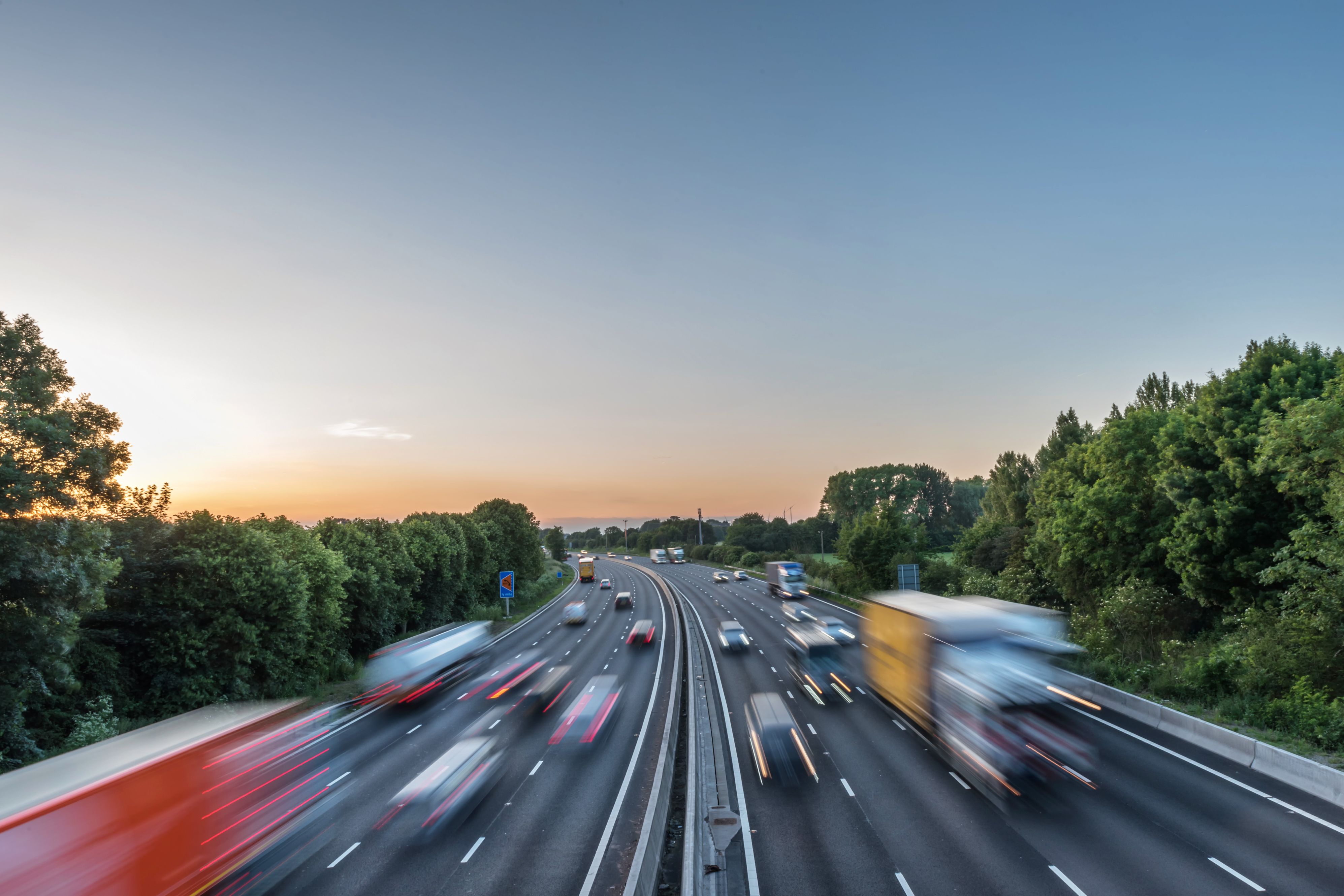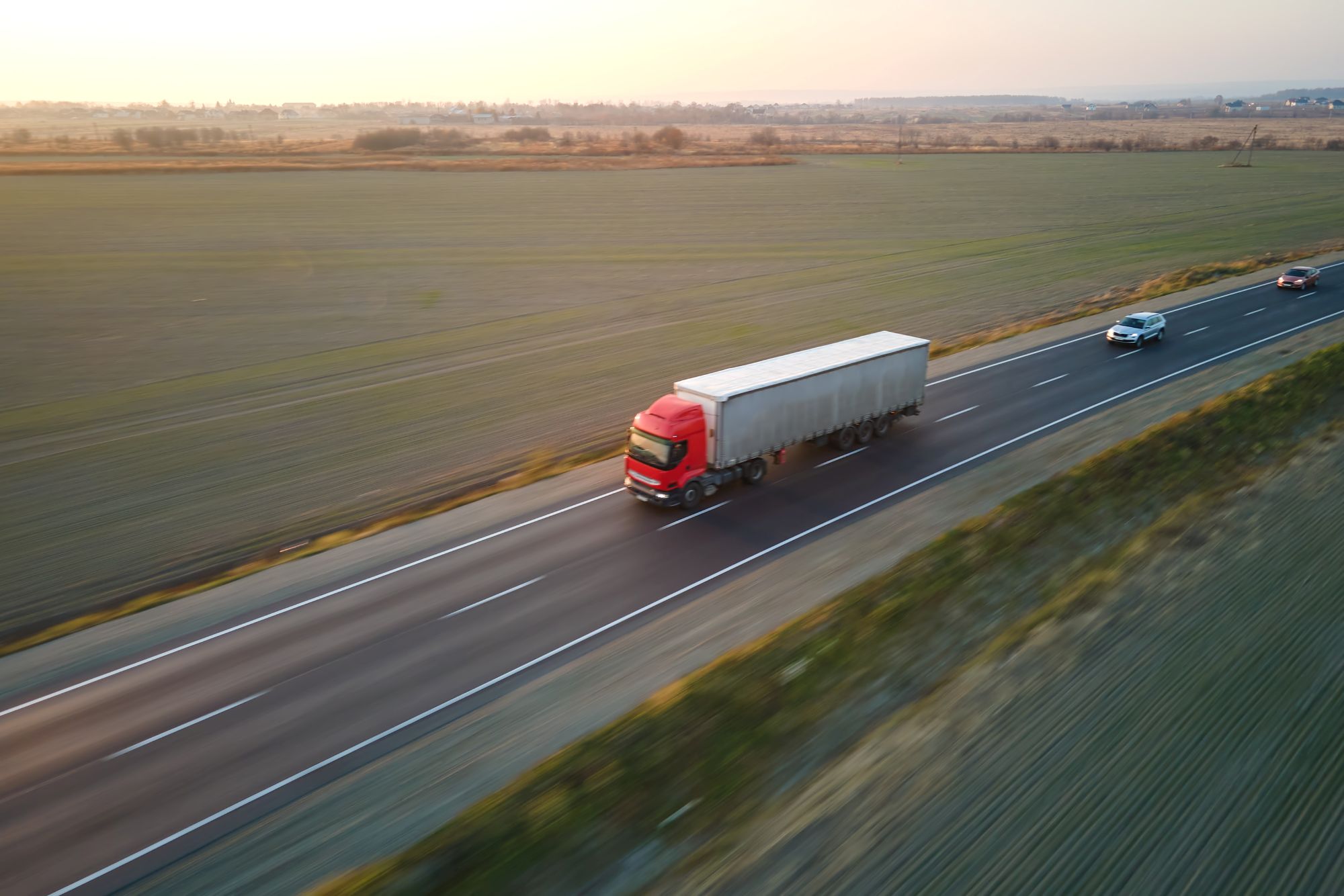
Susie Jones
Brits chauffeurstekort: Verbeteren de cijfers?
Gemaakt: 12-02-2025
•
Bijgewerkt: 12-02-2025
Iedereen die in de transportsector werkt, kent de term 'chauffeurstekort' - een uitdrukking die maar al te vaak voorkomt sinds COVID-19 en Brexit de sector ontwrichtten. Het VK werd in deze periode hard getroffen: veel EU-chauffeurs verlieten het land - een groot verlies, aangezien Europese chauffeurs een aanzienlijk deel van het vrachtwagenpersoneel vormden.
Zes maanden na ons artikel over deze actuele kwestie onderzoeken we waar de sector nu staat.
Het aantal beroepschauffeurs in het Verenigd Koninkrijk stijgt.
Uit cijfers gepubliceerd door [Logistics UK] (https://motortransport.co.uk/uk-professional-driver-numbers-increase-by-more-than-a-fifth/25167.article) blijkt een toename van bijna 55.000 werkzame vrachtwagenchauffeurs in het afgelopen jaar - een stijging van 21%.
Wat is er veranderd om meer chauffeurs aan te trekken?
Er zijn verschillende initiatieven ontplooid om het chauffeurstekort in het Verenigd Koninkrijk te verlichten.
Financiering: De overheid heeft 33 initiatieven geïmplementeerd om het tekort te verminderen. Deze omvatten, maar zijn niet beperkt tot, het versoepelen van de regels voor late leveringen aan supermarkten, trainingskampen voor chauffeurs en het verhogen van het aantal beschikbare rijexamens.
Werkomstandigheden: Vrachtwagenchauffeurs hebben gevraagd om betere werkomstandigheden in het hele Verenigd Koninkrijk, waarbij 55% verbeterde faciliteiten wilde. De Britse regering heeft 16 miljoen pond beschikbaar gesteld voor truckstops om de faciliteiten te verbeteren.
- Sociale media: Invloedrijke personen hebben een belangrijke rol gespeeld in het veranderen van de publieke perceptie van de sector. Chauffeurs zoals Trucker Liam en Jodi Smith gebruiken hun platforms om de hoogte- en dieptepunten van het werken in de sector te belichten.
Er blijft een leeftijdsverschil.
Logistics UK meldde ook dat het aantal chauffeurs onder de 35 tussen Q3 2023 en Q3 2024 met 31.630 is gestegen. Desondanks vertrouwt de sector nog steeds op oudere chauffeurs - met meer dan 53% in de hele sector van 50 jaar en ouder.
In een rapport van de RHA, getiteld [Vrachtwagenchauffeurs: de vitale schakel] (https://www.rha.uk.net/news/news/detail/rha-report-200-000-hgv-drivers-needed-in-next-5-years), worden initiatieven voorgesteld om jongere mensen aan te trekken in de sector door:
Volledige implementatie van de 8 Gatsby-benchmarks om een effectief loopbaanbegeleidingssysteem te bieden aan alle leerlingen in de schoolleeftijd om het bewustzijn te vergroten.
Meer samenwerking met scholen en hogescholen.
Het ontwikkelen van een formele kwalificatie op school of hogeschool, zoals een T-Level.
Logistieke modules opnemen in het huidige curriculum.
Door gebruik te maken van door de overheid ondersteunde initiatieven binnen het Make Work Pay-programma, logistiek onder de aandacht brengen als een toegankelijk en lonend carrièrepad.

Wat moet er nog veranderen?
Hoewel er al een begin is gemaakt met het aanpakken van het chauffeurstekort, moet er meer werk worden verzet om een herhaling van 2021 te voorkomen:
Er moet meer overheidssubsidie beschikbaar komen voor truckstops om de faciliteiten te verbeteren.
Doorlopende ondersteuning voor aspirant-chauffeurs, inclusief bootcamps om de opleidingskosten te verlagen.
Meer flexibiliteit bieden binnen de nieuwe Groei en Vaardighedenheffing.
Op lokaal niveau samenwerken met scholen en hogescholen om loopbanen in de industrie te promoten.
Waarom verlaten vrachtwagenchauffeurs de sector?
Vrachtwagenchauffeurs verlaten de sector om verschillende redenen:
Vergrijzende beroepsbevolking: Omdat veel vrachtwagenchauffeurs ouder zijn dan 50, ziet de sector een toestroom van chauffeurs die met pensioen gaan.
Werktijden: Trucking is een eenzaam beroep, met chauffeurs die lange, onregelmatige en asociale uren achter het stuur maken.
Arbeidsomstandigheden: Er is grote bezorgdheid over de staat van de faciliteiten, lange werkdagen en onvoorspelbare roosters.



